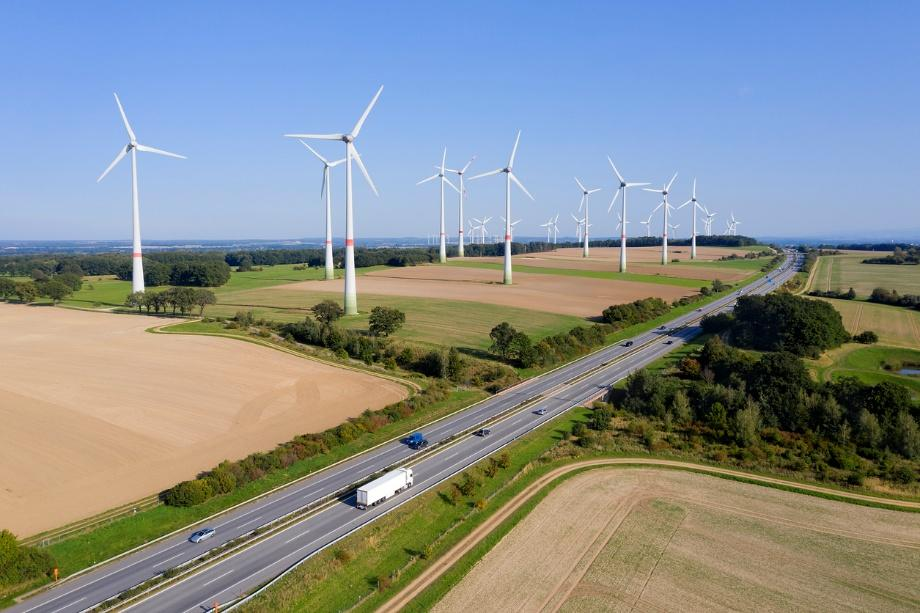We live in uncertain times. With so much going on in politics on both the domestic and international levels, it can be difficult to separate the important bits of information from the chatter. One thing that is crystal clear, however, is the importance of sustainable development all around the world. Why not focus your attention on positive areas of global progress?
Achieving sustainable development in all manner of developing regions across the world is a crucial component of global progress. The challenge in doing so lies in balancing environmental responsibility with development. Philanthropy can help. Traditional philanthropic missions have focused on improving livelihoods through direct financial aid, but efforts have been scarce on the eco-innovation front. By integrating eco-innovation with conventional philanthropic focus, we can create life-long impacts in areas that need the help the most.
How Do Philanthropy and Sustainable Development Combine to Lead to Change?
When we think about improving the quality of life in developing countries, some of the most common catalysts stem from philanthropic endeavors. From corporate social responsibility (CSR) to non-governmental organizations (NGOs) and global aid efforts, philanthropic missions help secure the technology and financial resources needed to improve education, reduce poverty, and expand healthcare. It is important to note, however, that traditional approaches focus on immediate and short-term relief via financial aid instead of long-term solutions.
Uniting philanthropy and environmental responsibility to create sustainable development can help achieve long-term change in some of the poorest regions in the world. This is best done by focusing on eco-innovations that help provide food, water, and energy to all people, regardless of their location.
What Is Eco-Innovation?
‘Eco-innovation’ is a term that refers to the implementation and development of new processes, business models, and technologies prioritizing environmental sustainability. In developing countries, it is most often referenced in key sectors such as water management, agriculture, energy, and waste disposal. More specifically, eco-innovation helps revolutionize:
- Renewable energy solutions
- Sustainable agriculture
- Water and sanitation
- Circular economy models
By focusing on eco-innovation in emerging regions, it is possible to naturally integrate sustainable development practices to effect permanent change and dramatically improve quality of life. Renewable energy solutions such as solar microgrids, biofuel, and wind energy, for example, help expand energy access by reducing the need for fossil fuels, especially in areas where few of them exist. Similarly, water and sanitation efforts focusing on rainwater harvest, advanced filtration, and desalination systems help ensure that even the most remote locations have access to plenty of fresh water.
Once water and energy are secured, sustainable agriculture standards including vertical gardens and precision farming provide food security without negatively impacting the surrounding environment. Circular economy models such as upcycling, waste-to-energy solutions, and biodegradable packaging help ensure that no resource goes to waste, furthering sustainable development initiatives.
Bridging Philanthropy and Eco-Innovation
We know that philanthropy can be used to drive sustainable development, but how do philanthropy and eco-innovation combine to provide long-term, maintainable change in developing regions? By taking traditional philanthropic approaches and applying them to eco-innovation, we can help create permanent progress in unstable regions and improve the quality of life of all involved. Strategies include:
- Impact investment
- Public-private partnerships (PPPs)
- Education and capacity building
- Policy and incentives
- Technology transfer
Encouraging impact investment helps fund eco-innovative startups and projects to create long-term benefits to local economies as well as local environments. Emphasizing public-private partnerships (PPPs) is another way to tie philanthropy with eco-innovation. Encouraging collaboration between businesses, nonprofits, and governments helps ensure scalable eco-innovation solutions. Education and capacity-building techniques utilize the people-first initiatives inherent to philanthropy to help teach local communities about sustainable practices, environment-friendly technologies, and how to drive their own sustainable development by utilizing both of them.
Once they understand how to keep their innovative, sustainable technologies moving, local communities can focus on policy and incentives designed to encourage sustainable business models and eco-innovation moving forward. This is most effective when the businesses in question understand the importance of eco-innovation. Business leader Ehsan Bayat is a great example of this due to his support of projects focused on economic growth and environmental responsibility.
Finally, using philanthropy’s focus on transferring knowledge from one community to another can give people in developing regions information from developed nations utilizing sustainable practices to help boost progress.
Effective sustainable development in emerging regions is important to overall global progress, but traditional philanthropic techniques aren’t enough to get there. We must move from conventional aid-based giving to innovative assistance revolving around eco-innovation to create long-term success.


